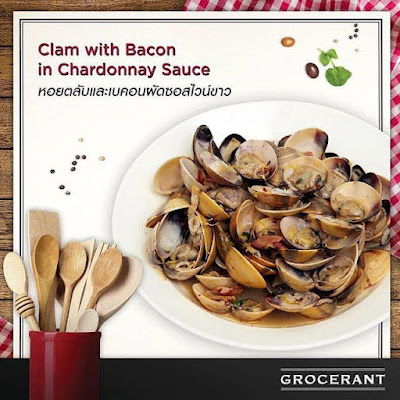In recent decades, the landscape of the American household
has undergone significant transformation. With the rise of one and two-person
households, dining habits have shifted dramatically. This evolution has led to
a notable increase in the adoption of fast-food restaurant meals for dinner.
From the perspective of the Grocerant Guru, this trend can be traced through
ten historical reasons that continue to drive this change.
1. Urbanization and the Rise of
Single-Person Households
Historically, the migration from rural areas to urban
centers has fostered the growth of single-person households. Urban living often
means smaller living spaces, making large-scale cooking impractical. Fast food
restaurants provide a convenient alternative for individuals who lack the space
or inclination to cook elaborate meals.
2. The Feminist Movement and Women in
the Workforce
The feminist movement of the 1960s and 1970s not only
fought for women's rights but also reshaped family dynamics. With more women
entering the workforce, traditional domestic roles were redefined. Dual-income
households became the norm, leading to less time for meal preparation at home.
Fast food restaurants offered a quick and easy solution for busy professionals.
3. Technological Advancements and the
Microwave Revolution
The advent of the microwave in the late 20th century
revolutionized meal preparation. While this technology enabled quicker cooking
at home, it also aligned perfectly with the fast-food industry's model of
convenience. Microwaveable fast-food options became a staple for small
households, blending technology with ease of use.
4. Economic Factors and the Cost of
Living
Economic pressures have historically influenced dining
habits. During economic downturns, smaller households may find it more
cost-effective to purchase fast food rather than buying ingredients in bulk,
which can lead to waste. The affordability of fast-food meals makes them an
attractive option for budget-conscious individuals.
5. Changing Social Norms and the Delay
of Marriage
As societal norms evolved, marriage was delayed, and the
prevalence of single-person households increased. Young professionals, in
particular, are more likely to dine out or order in rather than cook for one.
Fast food restaurants cater to this demographic with targeted marketing and
convenient meal options.
6. Technological Integration and Food
Delivery Apps
The rise of technology and food delivery apps has
significantly impacted dining habits. Services like Uber Eats, DoorDash, and
Grubhub have made fast food more accessible than ever. For one and two-person
households, the ability to order meals with a few taps on a smartphone is a
game-changer, driving further adoption of fast-food dinners.
7. Health Trends and Perception of
Fast Food
Historically, fast food has faced criticism for its lack of
nutritional value. However, in recent years, many fast-food chains have adapted
by offering healthier options. This shift has attracted health-conscious
consumers who might otherwise avoid fast food. For small households, the
availability of nutritious meals at fast food restaurants is a compelling
reason to choose these convenient options.
8. The Influence of Popular Culture
and Media
Television, movies, and social media have played
significant roles in normalizing fast food consumption. From the iconic imagery
of characters grabbing a quick meal at a fast-food joint to influencers
showcasing their favorite fast-food dishes, media has ingrained fast food into
the cultural fabric. This normalization impacts dining choices, particularly
among younger, smaller households.
9. The Convenience Factor
Convenience has always been a driving force behind the
popularity of fast food. For one and two-person households, the ease of
grabbing a quick meal without the hassle of cooking and cleaning up is
invaluable. Fast food restaurants are designed to provide quick service,
catering perfectly to those with busy lifestyles.
10. Demographic Shifts and Aging
Population
As the population ages, the number of single-person
households, particularly among seniors, continues to rise. Older adults often
seek convenient meal options due to reduced mobility or the desire for
simplicity in their daily routines. Fast food restaurants, with their easy
access and diverse menus, meet the needs of this growing demographic.
In Conclusion Think about this
The historical trajectory of societal changes,
technological advancements, and evolving economic conditions have all
contributed to the sustained adoption of fast-food restaurant meals for dinner
among one and two-person households. From the urban migration of the 20th
century to the rise of food delivery apps, each factor has played a pivotal
role in shaping dining habits. As we move forward, the Grocerant Guru® predicts
that these trends will continue to influence and drive the popularity of fast-food
dinners, underscoring the dynamic interplay between convenience, culture, and
consumption.
Invite Foodservice
Solutions® to complete a Grocerant ScoreCard, or for product positioning or
placement assistance, or call our Grocerant Guru®. Since 1991 Foodservice Solutions® of Tacoma, WA has been the
global leader in the Grocerant niche. Contact: Steve@FoodserviceSolutions.us or 253-759-7869







No comments:
Post a Comment